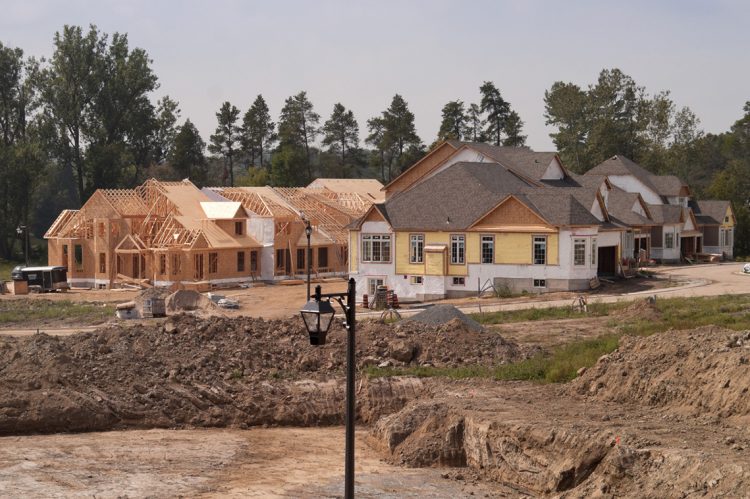As the inventory challenge continues in many markets around the U.S., a pressing question about why more new homes aren’t being built, even though there is demand for them, is on the minds of many industry professionals. Earlier this month, Marketwatch held a webinar designed to answer that question. Aarthi Swaminathan, a personal finance reporter with MarketWatch, interviewed John Lovallo, a senior U.S. homebuilding analyst at UBS, about this very topic.
The conversation covered the lingering ramifications of 2008. Like the housing market as a whole, he said, home building never fully returned to the pre-Great Recession market. After the crash, the markets had “lost their luster,” as Lovallo put it, noting there has been an overall decline in home construction over the past 14 years.
Lovallo said he thinks it’s unlikely that the current housing market will lead to a similar crash, due in part to lower inventory (currently at 3.2 months at presstime, versus 10.4 months before the 2008 crash). That low inventory comes with its own problems, though, he added. Freddie Mac reports a deficit of 3.8 million homes in the U.S. This backlog is too steep to easily reverse even if there is demand to do so. Even for subsidized housing, many municipalities simply don’t have the capacity or manpower to equal demand, Lovallo noted.
These circumstances are in turn causing a confidence crisis. “The National Association of Home Builders, their builder confidence index last reading was about 38 and that’s down from the low 80s in January,” Lovallo said. “A reading under 50 means more builders are saying conditions are bad than they are good.”
Another reason for the shortage is the home-building process itself, which Lovallo said is stuck in stasis. We hear news of technological innovation in all corners of real estate, from selling homes to inspecting them, but not in building them, Lovallo explains.
“The home-building industry is still building homes the way they were 100 years ago. They’re stick framing homes on site, lumber being tossed around. It’s probably the only industry that hasn’t seen technology infused.”
The potential for innovation is there, though, he said, whether in new building methods, such as offsite construction, or supplying materials, such as 3D printing. Lovallo believes that, “10 years from now, we’ll be building homes very differently than we are today.”
Lovallo notes that large building companies, such as KB Home and Lennar, have better weathered these challenges than smaller firms. On some level this is simply because larger firms can more easily acquire both labor and capital. Part of it goes back to consumer demand though. Homebuyers, especially first-time buyers, often want to move in as quickly as possible, whether for convenience or locking in their mortgage rate. Larger building firms also can leverage their resources to deliver faster build times, as well as access to those resources deliver them the profits to maintain them, they said.
One possible upside for builders, with ongoing mortgage rate increases, this could lead to an advantage for the repair/remodel industry, Lovallo added. If homeowners are currently living with a 3% mortgage rate, after all, it’s unlikely they’ll want to move no matter what needs fixing.
As many potential buyers are faced with renting as their more affordable option, build-to-rent has become increasingly common. Lovallo noted this uptake and that it will “broaden the pool of buyers,” but says build-to-rent is unlikely to eclipse build-to-sell.
Listen to the Webinar, and Lovallo’s full thoughts on the state of home-building, here.












